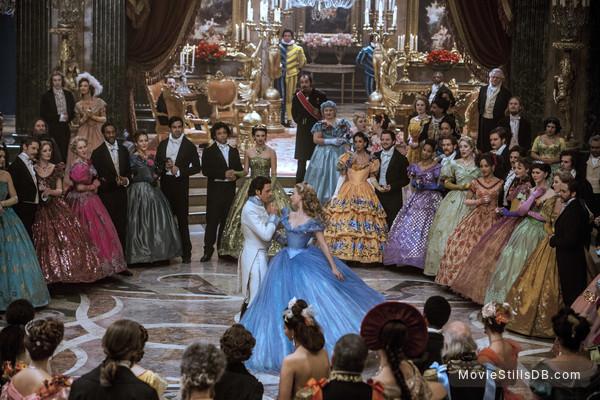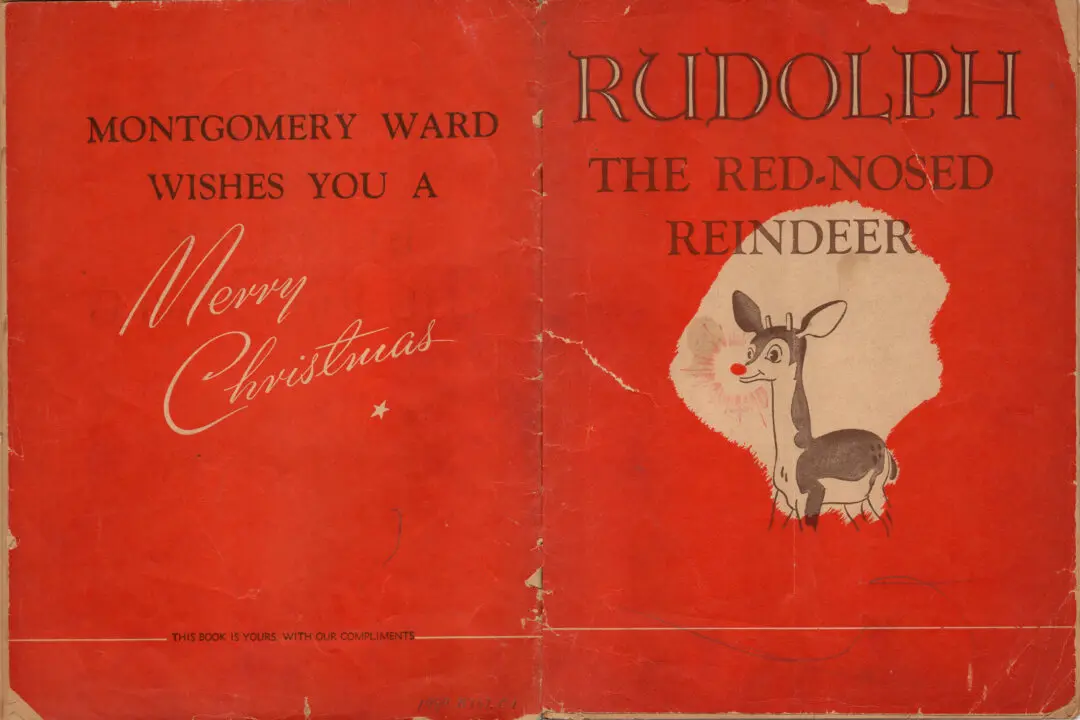Charles Perrault (1628–1703) was well advanced in years when he built his greatest monument.
For over 30 years, Perrault worked as a public servant, often in the employ of King Louis XIV. He wrote poetry and pamphlets celebrating the Sun King’s military victories and accomplishments.






